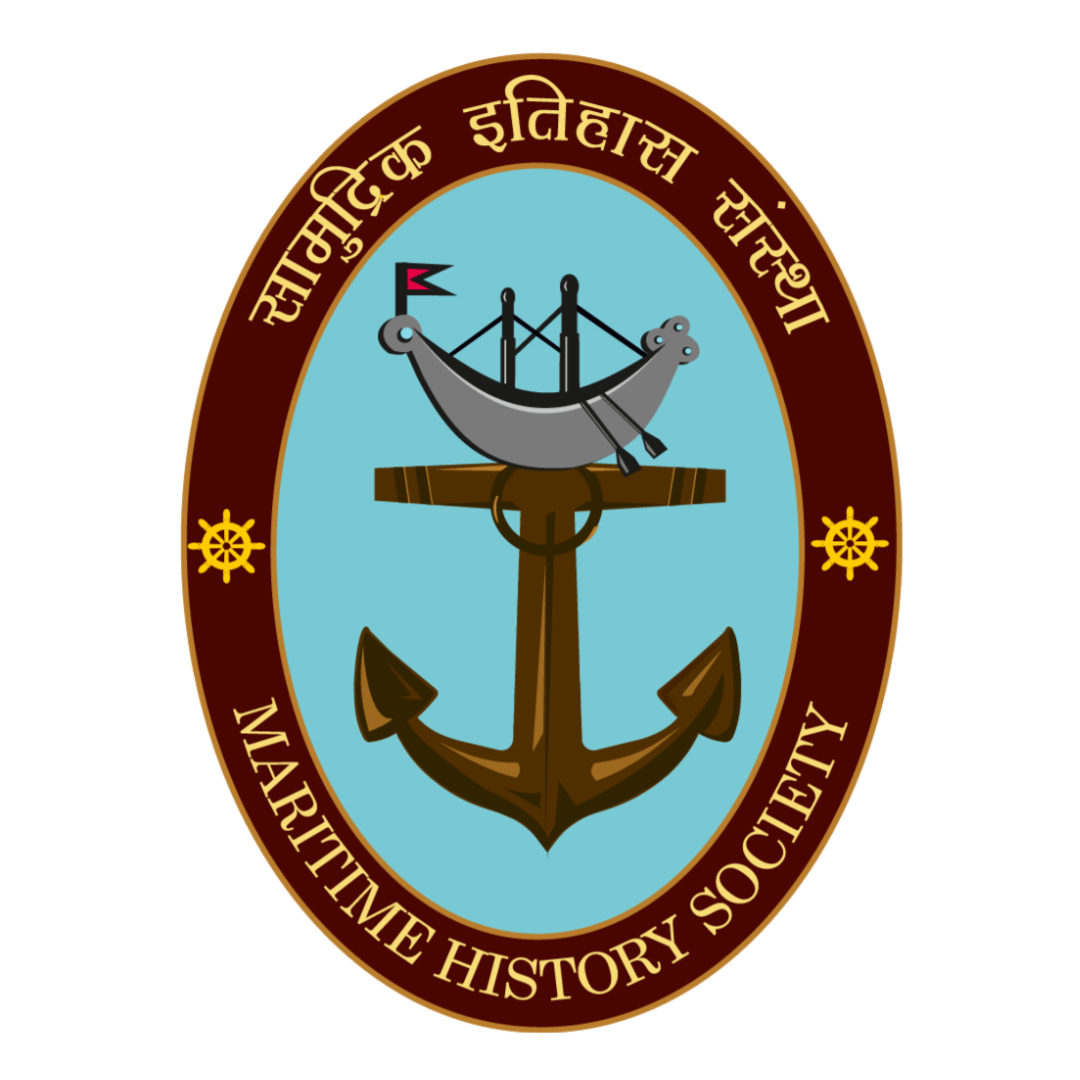In 1992, The Indian Navy with the Odisha State Government planned a Bali voyage known as “Kaling Bali Yatra” to celebrate Boita Bandana and retrace the ancient sea trade route between Odisha and Indonesia. This activity was a grand gesture aimed at rediscovering the socio-economic and socio-cultural ties between the two nations.
Situated on the eastern coast of India, Odisha is gifted with a natural harbour of about 600km stretching from the Ganges on the north and Godavari and Krishna on the south which has played a crucial role in India’s maritime trade and history. The festival of Boita Bandana, popularly known as Bali Yatra in Odisha, is a traditional festival emerging out of Odisha’s Maritime past. The name itself conveys a journey to Bali. During the festival, all women and girls float boats made of ‘Shole’ or bark of plantain tree, with flowers, leaves and light lamps inside. This ritual was performed for the safe return of the sailors from their voyage on the day of Kartika Purnima. This festival is celebrated around the end of October and the beginning of November. The same ritual is observed in Bali.
The origins of the festival are still unknown. However, the rituals also confirm that the merchants were familiar with seafaring and navigation, but also were familiar with the dangers of the same. Odisha’s traditions and folklore passed on for generations are filled with stories that speak of sea voyages.
The Odisha merchants known as Sadhabas (Sea Traders), set sail to distant land such as South East Asia, for maritime trade on huge boats known as Boitas. The earliest known maritime activities in Odisha started before the Ashokan invasion. Kalinga controlled the trade routes to the South which ran through its coastal tracts. The Ashokan rock edicts at Dhauli and Jaugada depict the existence of coastal trade from Kalinga to West Bengal and Andhra coast. A lot of trading activities in Odisha led to the spread of Indian religion, philosophy, art and architecture from ancient times to the late medieval period. The best example of the influence that India had on its neighboring countries is the Samudra Manthan tribute on the Bangkok airport in Thailand. The sources that confirm the flow of trade from several ports of Kalinga are found in ancient Greek, Roman, Arab and Chinese sources. The Kalingans had a flourishing trade with Suvranadwipa (Indonesia), Bali, Borneo, Sumatra, Champa (Vietnam) and Siam (Thailand).
There are several mentions of the Kalingans being excellent in building strong ships to brave long voyages to countries like Java, Malaya and Ceylon (Sri Lanka). These ships are famed to carry thousands of people and were equipped with all kinds of technologies necessary for sailing. According to the historian R. D. Banerjee. “The people of Kalinga were the pioneers of Indian colonization in farther India and the Indian Archipelago.”
In today’s time, the women in Odisha worship sea gods and float boats made out of coloured papers in rivers, ponds, lakes and seas, reciting ‘Aa Ka Ma Boi’ which symbolises three months of Aswina, Kartika and Margashira. This also highlights that during the ancient period, seafaring was predominantly patriarchal in nature. The last five days of the festival are considered auspicious ending with Kartika Purnima. During these five days eating fish, meat or eggs is avoided and food is consumed only once in the afternoon which is known as ‘Habisa-anna’.
This festival is celebrated on the coast of Mahanadi at the silver city of Cuttack which captivates millions of locals and tourists. They also worship the deity ‘Taapoi’ but the story of Taapoi has more significance in another festival called Khudurukuni Osha which is observed during the month of August/September and is held to celebrate the return of the Sadhavas. This festival is mainly celebrated by unmarried girls and newlyweds who worship the goddess Mangala as a gesture of gratitude towards the safe return of the merchants. On that note, the Maritime History Society celebrates this auspicious day with zeal and aspires to awaken the maritime consciousness of India and beyond.
References:
- D. Banerjee, History of Orissa, Vol I.
- B Patra, ‘Kalinga and Siam: A Study in Ancient Relations’, Odisha Review, ISSN 0970-8669, April 2017.
- S Swain, Dr. R Swain, ‘Backdrop of Kalinga Baliyatra : Cuttack’, Odisha Review, ISSN 0970-8669, Feb-Mar 2020.
Image Sources (Wikimedia Commons)
- Samudra Manthan https://commons.wikimedia.org/wiki/File:A_panoramic_picture_of_the_Samudra_Manthan_scene_taken_at_Suvarnabhumi_airport_in_Bangkok.jpg
- Bali Yatra
https://commons.wikimedia.org/wiki/File:Cuttack_Bali_Yatra_Gate.jpg



0 Comments